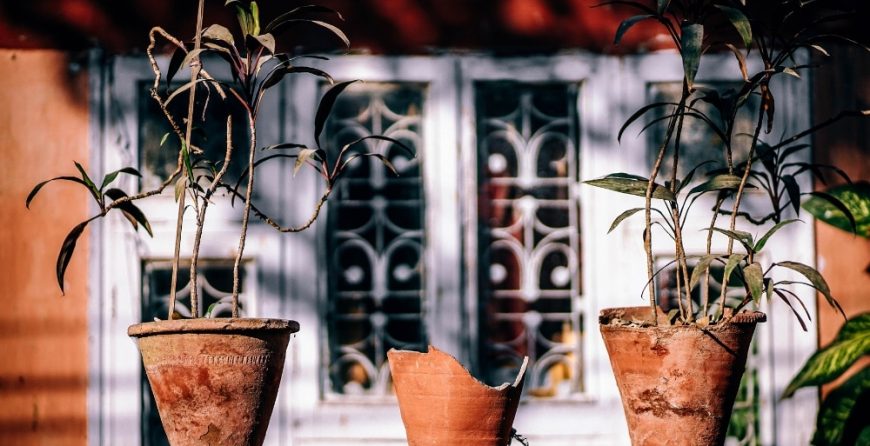Plant vessels have a large range of sizes, weight, shapes, materials, and price. Each one has its advantages and disadvantages. Choosing the correct plant vessel will help you to ensure the overall well being of your plants.
Here are some of the plant vessels and their materials to serve as your guide.
PRESSED PAPER
This type of container is best if you want to deal with vegetables. It provides good air circulation that promotes healthy root growth. These are biodegradable making it good for the environment. The only drawback is that you need to replace it every single year.
It is also quite inexpensive. It costs only around two dollars per pot. Some pots are even now being coated with wax for a longer life span.
COIR
These vessels are from coconut husks and are stronger than pressed paper pots. This is an economical and ecological choice for any organic gardener. Other types of these are made from grain husks and other organic binding components. These plant vessels are also inexpensive and it comes in various colors, shapes, and sizes.
CERAMIC
This type of container is made from finely textured, lightly colored and glazed clay. These pots are fired at a very high temperature to reduce pot’s porousness and vulnerability. However, if this pot stays in cold temperature for a long period of time it will still crack.
The drawback for this type is its weight. But that’s a factor that makes it a good choice for top-heavy plants. They are quite expensive too, but extremely posh and beautiful.
TERRACOTTA
This is a versatile type of clay that is used in making various sizes and shapes for pots and planters. This can either be small or large. The sizes and shape that can be made with these materials seem to be endless.
Since it’s available and affordable at the same time, it is a popular choice for most gardeners. Two points about terracotta vessels that you need to keep in mind are that it’s more brittle than other planting vessels, and it is sold unglazed that makes it porous.
The container loses moisture and soaks in moisture from outside. It means you need to water your plants more frequently if you intend to use this kind of pot. If you can’t keep up with the frequent watering, you should be lining the inside of the container with plastic to limit the amount of water that escapes it.
FIBERGLASS AND RESIN
These planters are made from a blend of resin and glass fibers. It tends to mold looking like a terracotta or stone containers. Some use a mixture of clay limestone, too, to produce better textures.
Although this might not be the most ecological choice for gardeners, it still has its own advantages. These planters are light in weight, durable, and imitates exactly its mold. Plus, they can withstand any type of weather.
PLASTIC
Most plants that you’ll buy at stores are placed on a plastic container because its the cheapest material in the market. it is also looks less genuine and sturdy than fiberglass pots.
Even if thicker plastic planters are made to look like stoneware pots, it still doesn’t get close to the real thing. But the big difference is with its weight. It is lightweight compared to fiberglass pots, and absolutely cheaper. This planter can come in many forms, sizes, and shapes.
WOOD
This type of planter looks good and is closer to nature. It can boost your outdoor setting but it is limited in design and heavy in weight. It can also stand cold weather and it is slow to dry out but you should be cautious on how fast it may rot. To avoid rot in this container, you should line it with plastic. Just make sure to put holes in the plastic for proper plant drainage.
METAL
Metal containers are durable but heavy. But there are metal types, such as aluminum, that can offer both lightness and durability. This makes moving it easier.
Metal containers made from aluminum does not rust. It also does not need painting. This results in a cheaper cost of materials for you. Some of your other metal container choices include:
- Copper-coated stainless steel
- Lead
- Copper
- Zinc
CONCRETE
Concrete pots look great even as it ages. This is great for gardeners looking for plant vessels that provide good stable support for their large plants against the wind.
So if you plan to use concrete containers, be sure that the location you choose is permanent. Concrete is a dependable insulator that can protect the roots from temperature changes.
Hopefully, these garden planter guide will help you in determining the type of planter you will use for your garden. Remember, planters protect your plants and make a beautiful decoration for your garden if chosen correctly. Just make sure every consideration before buying one.
Are you looking for other organic garden products. Visit us.


